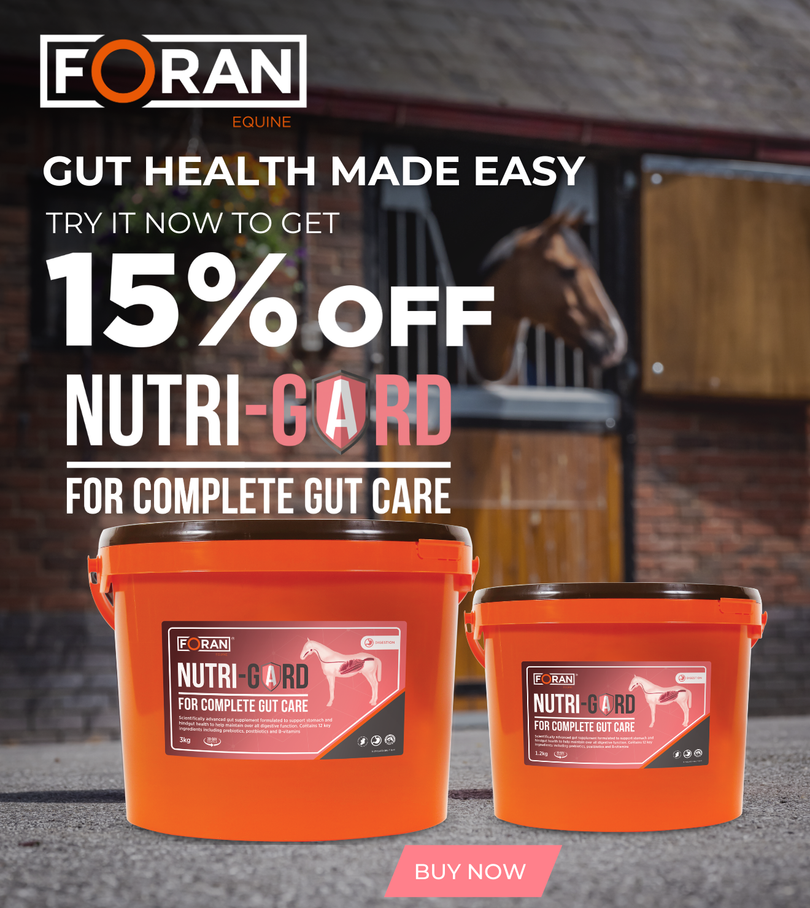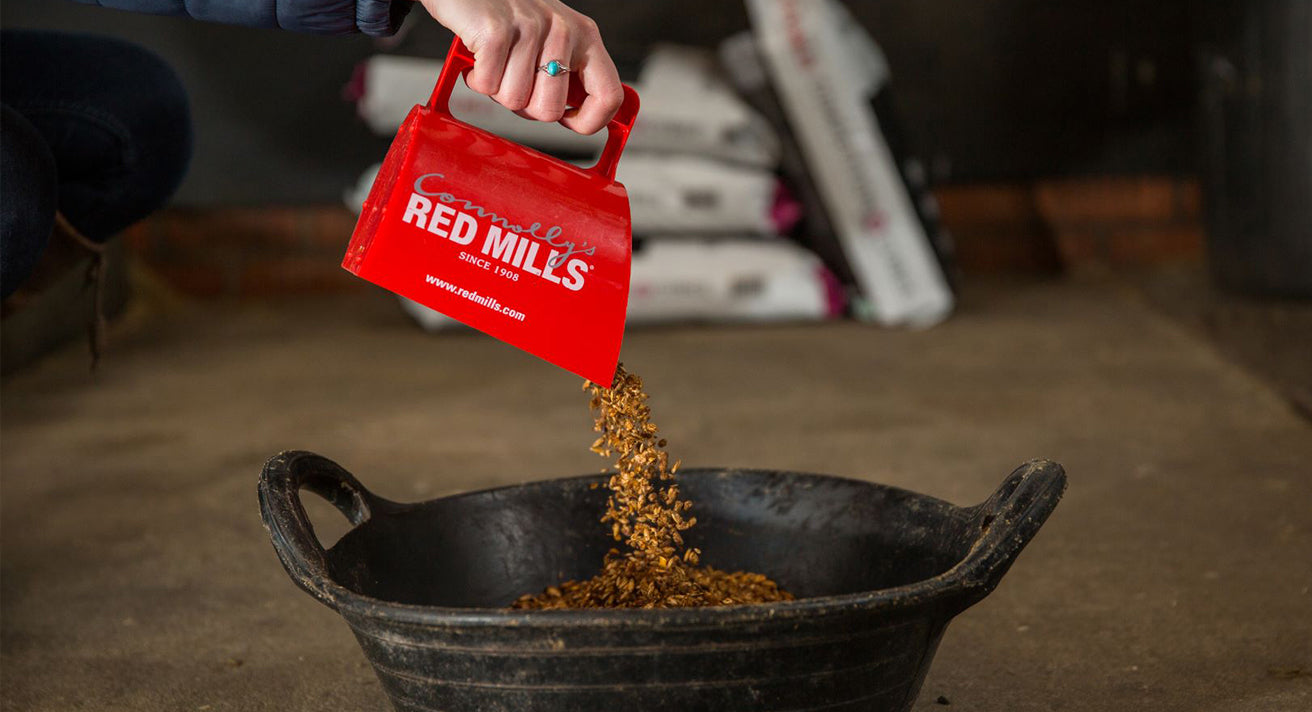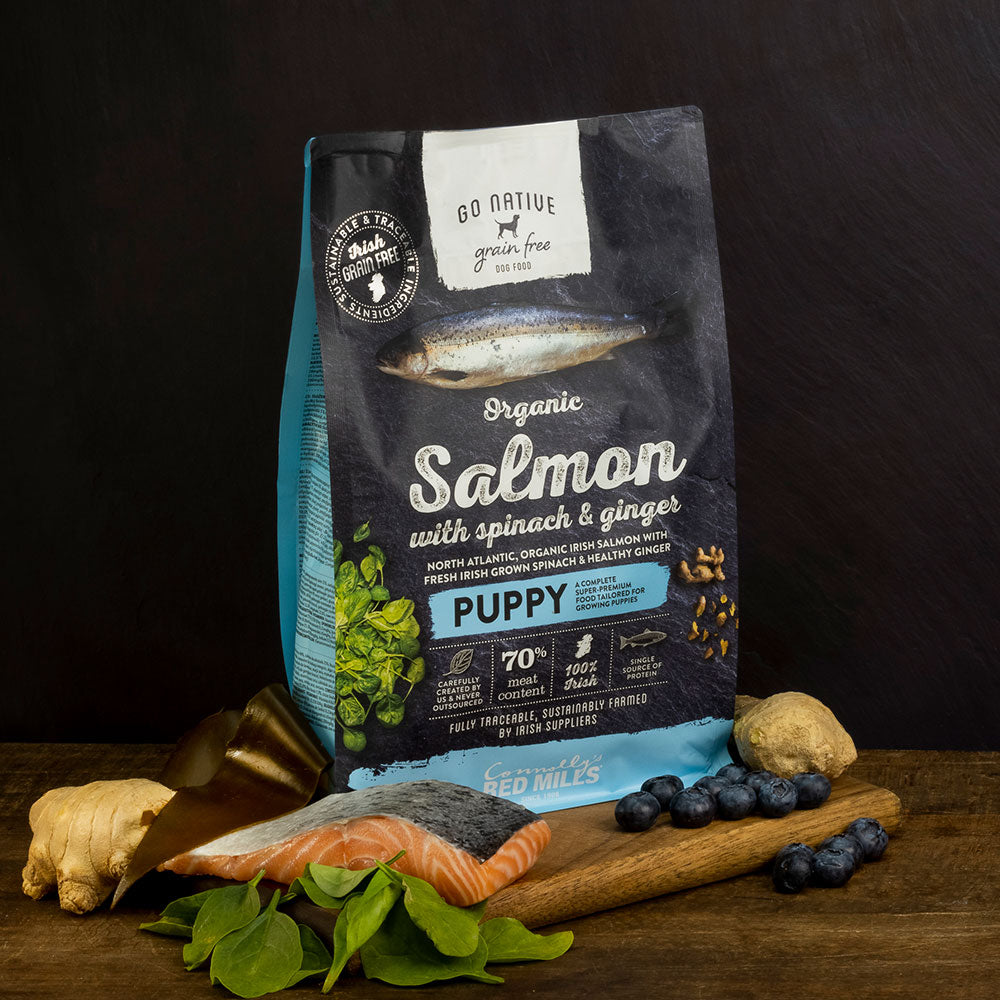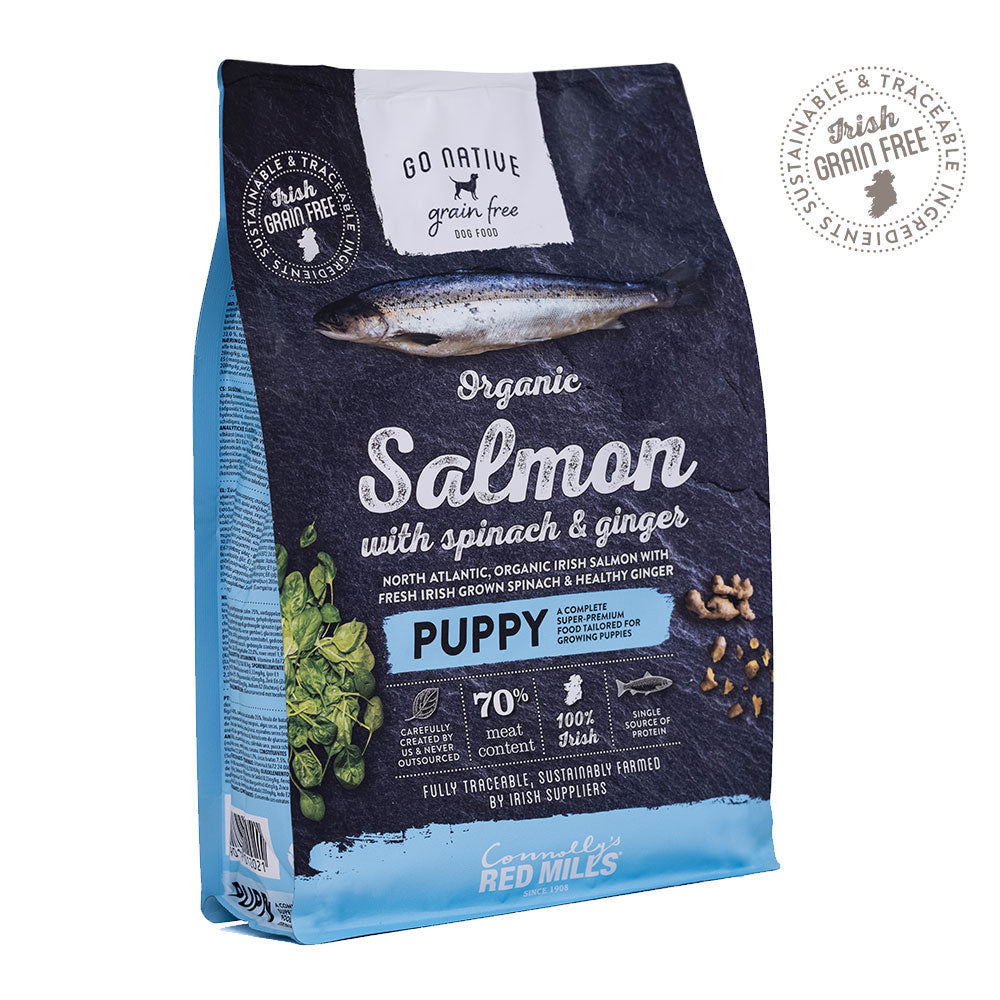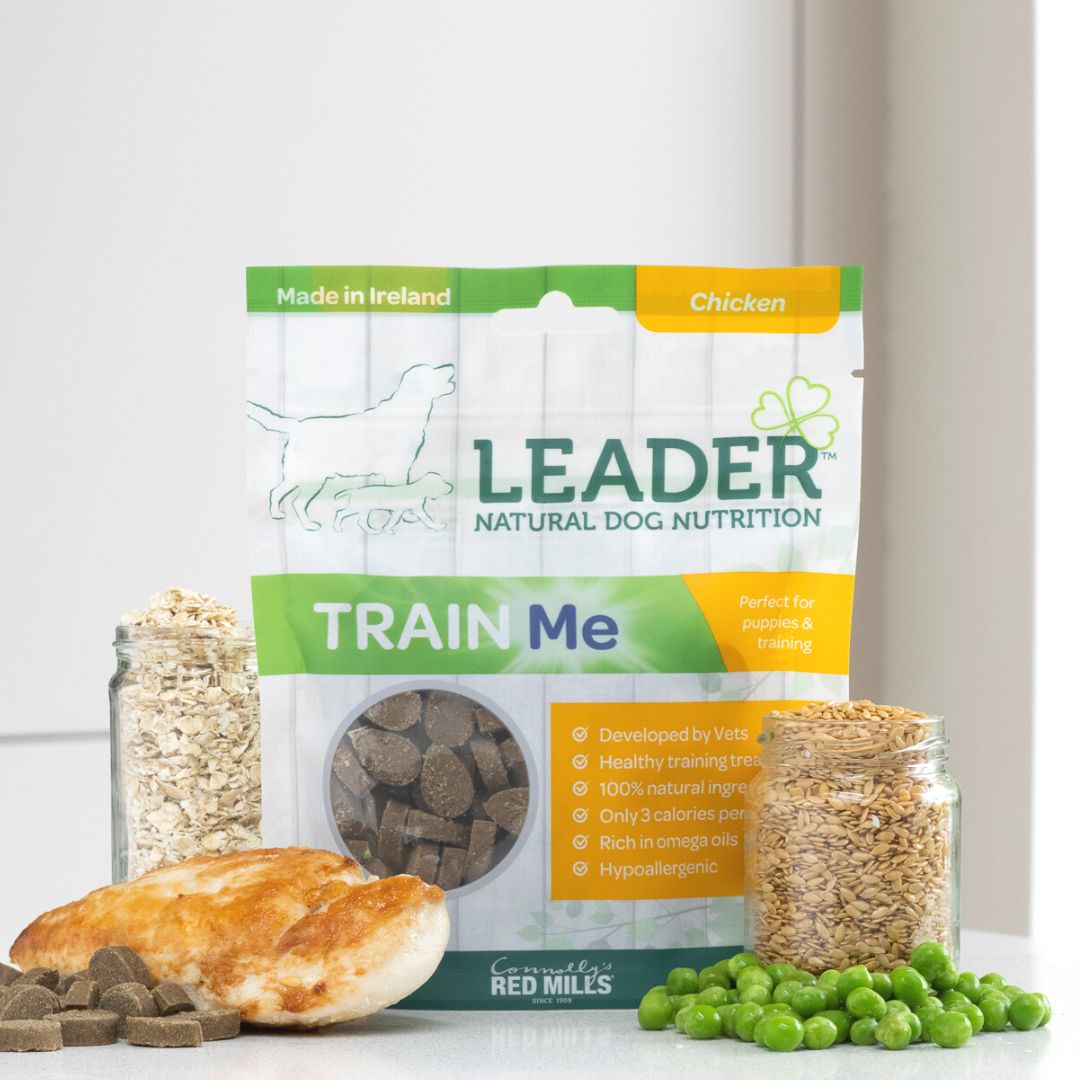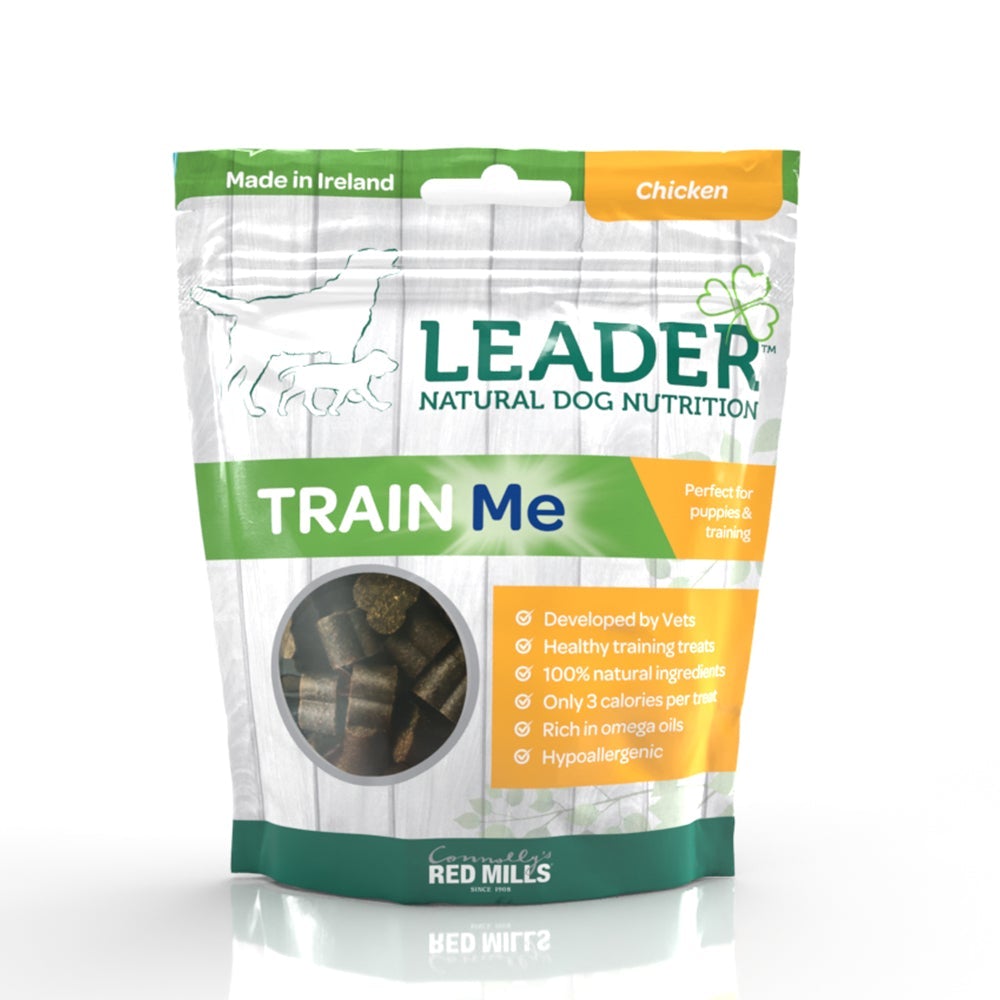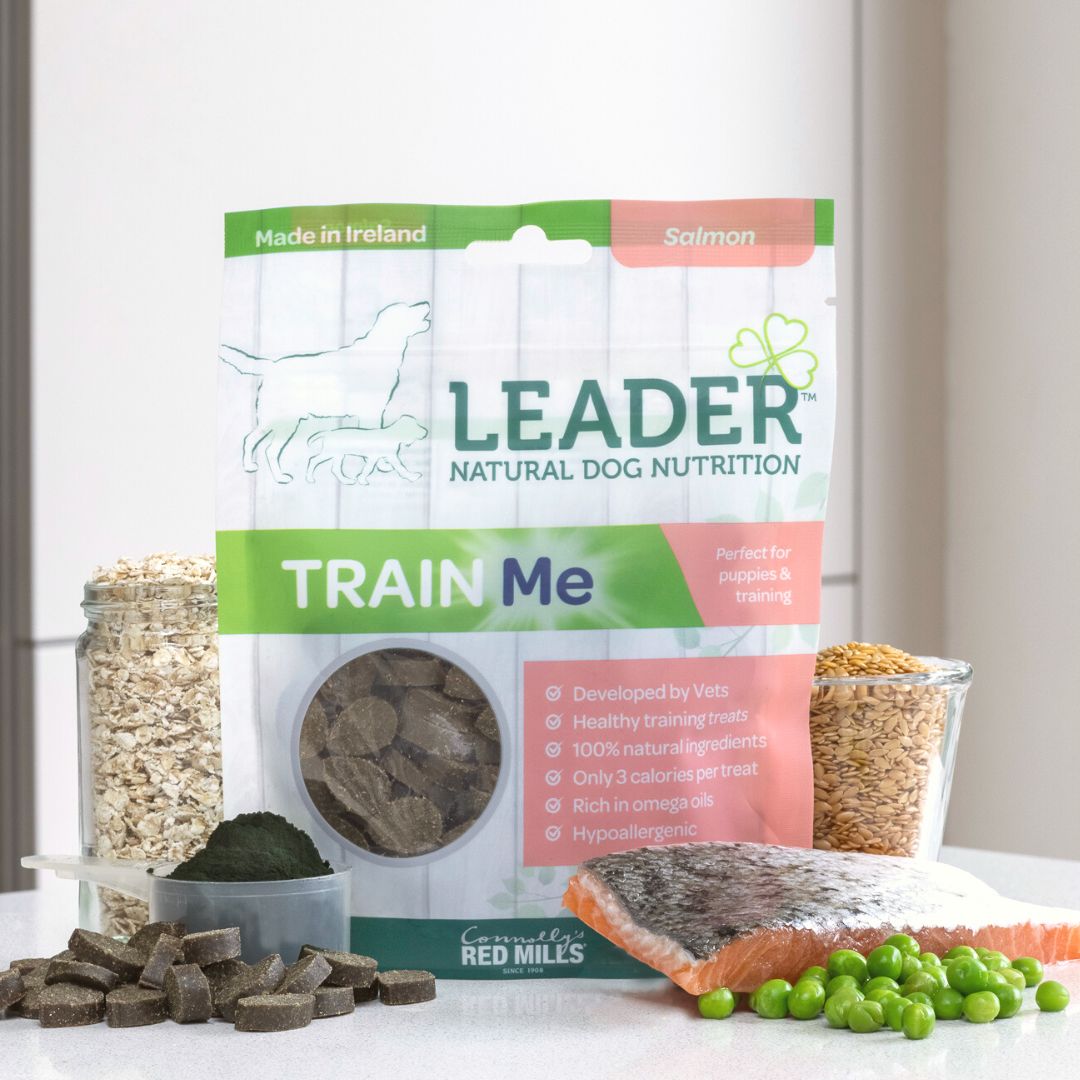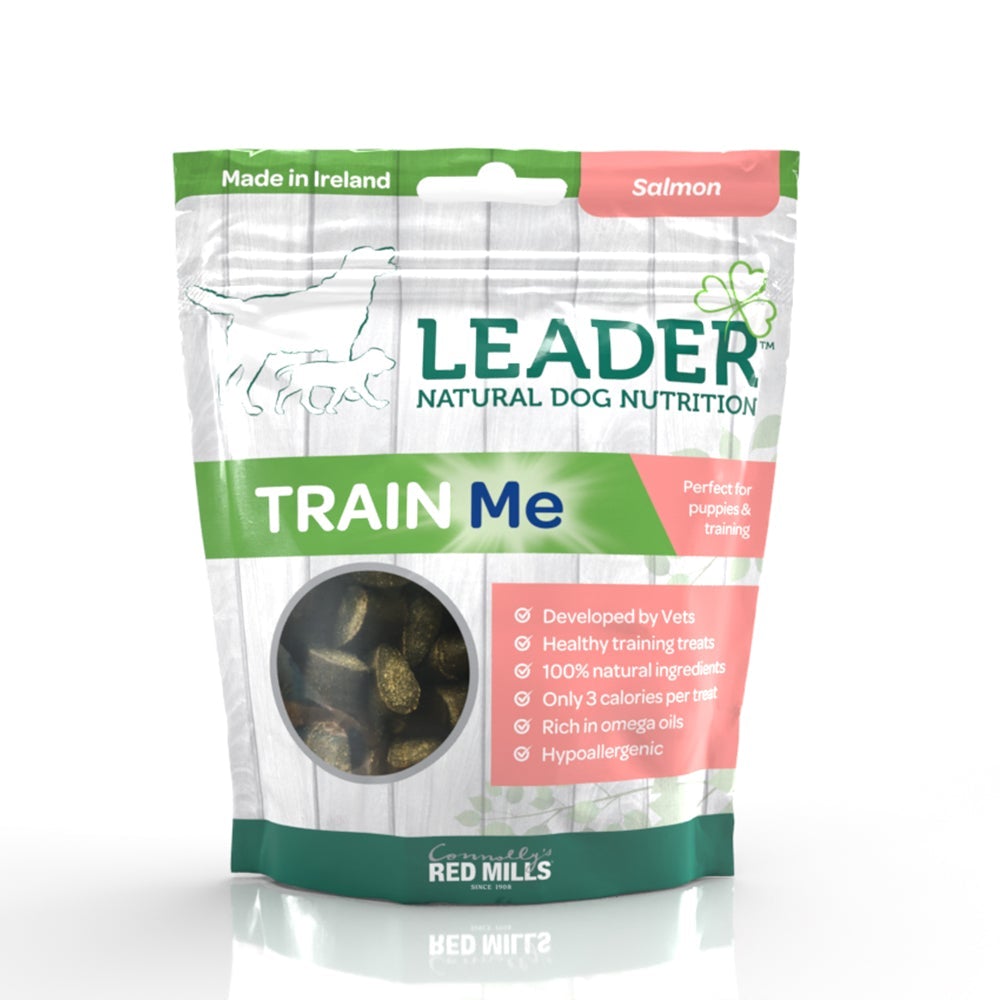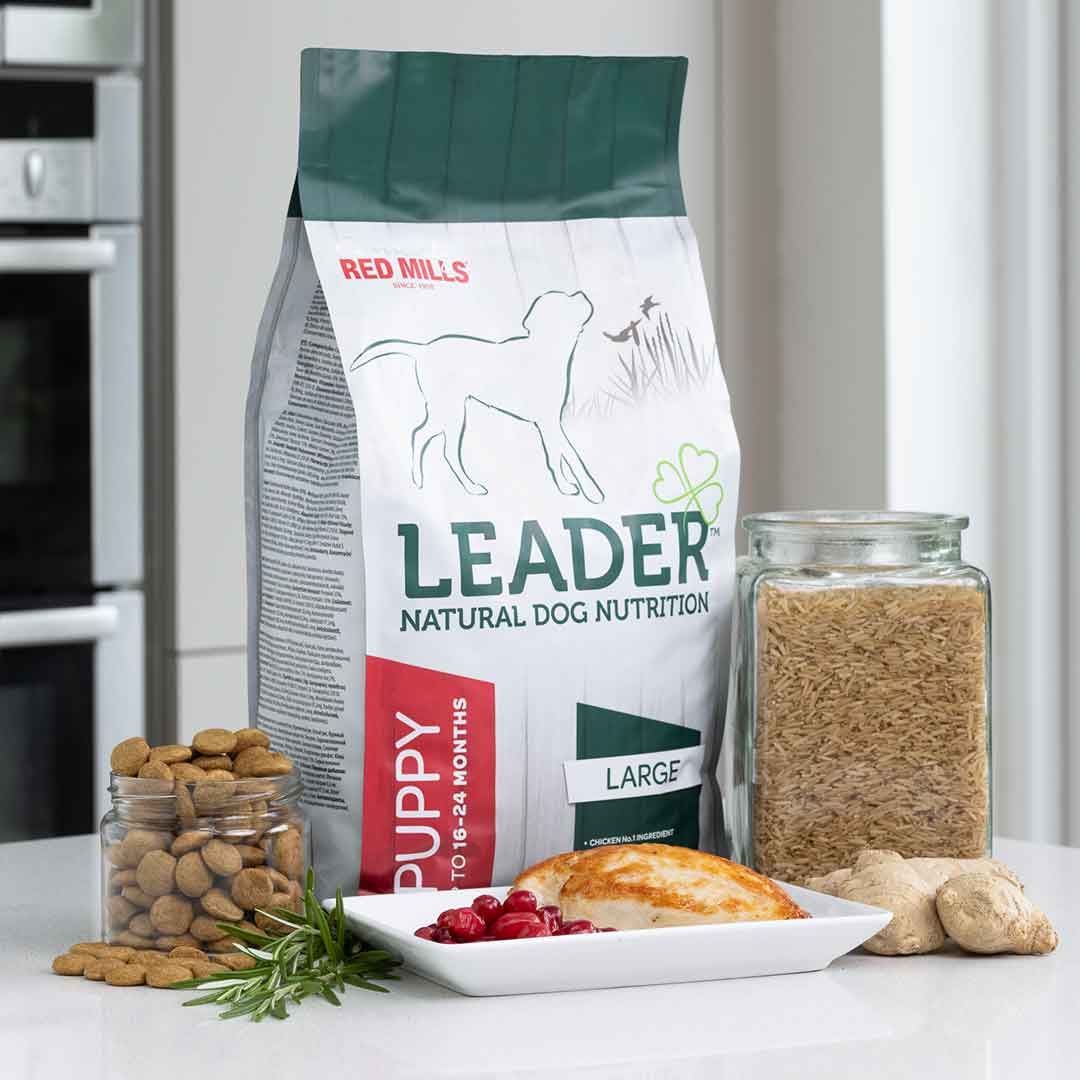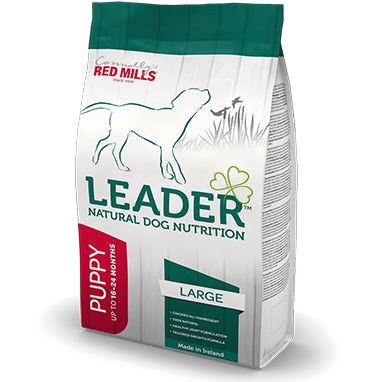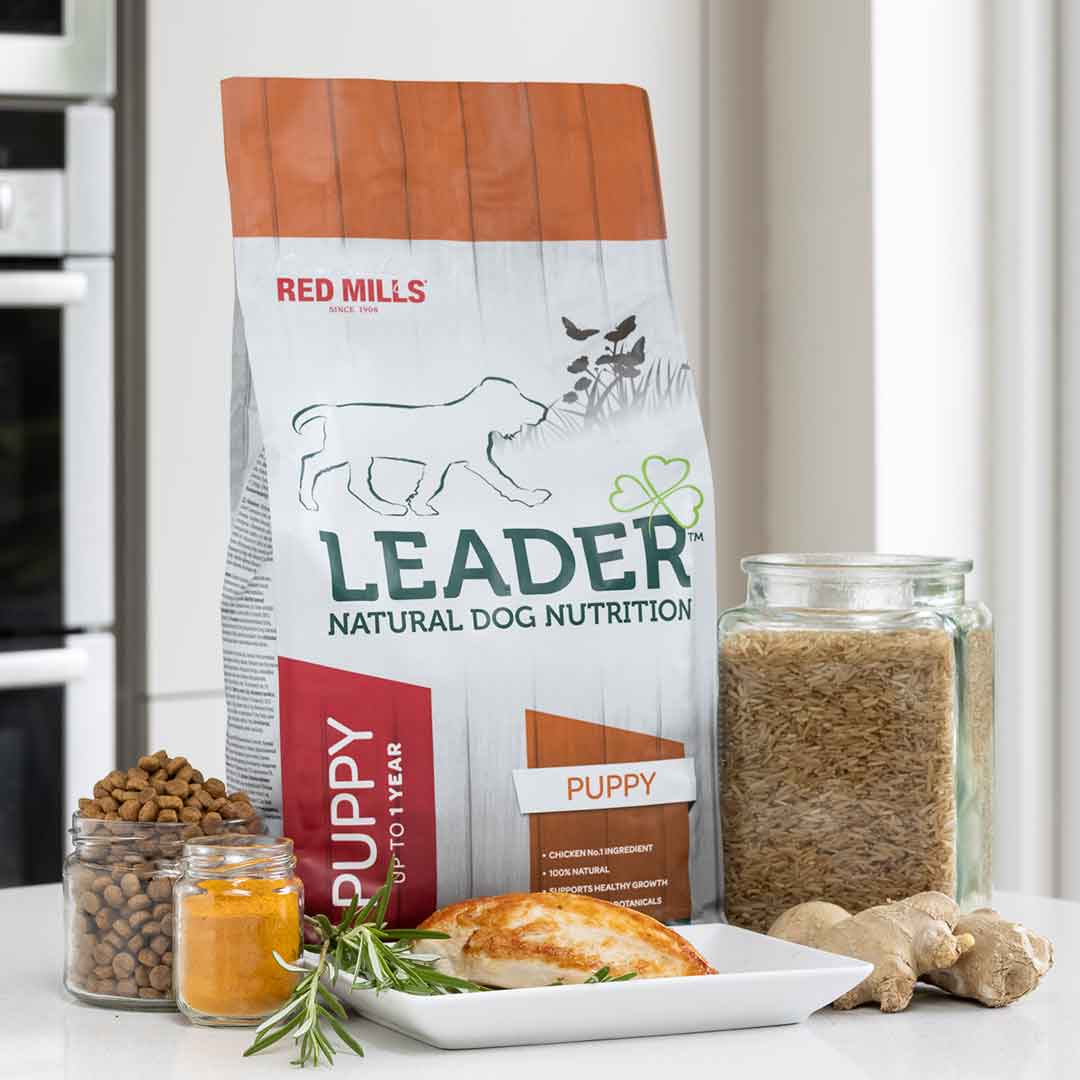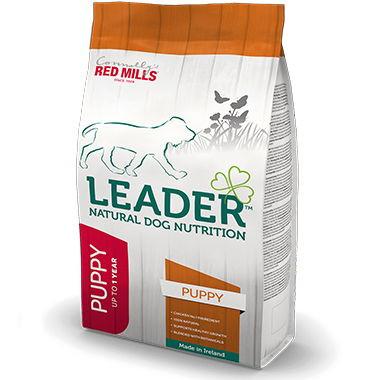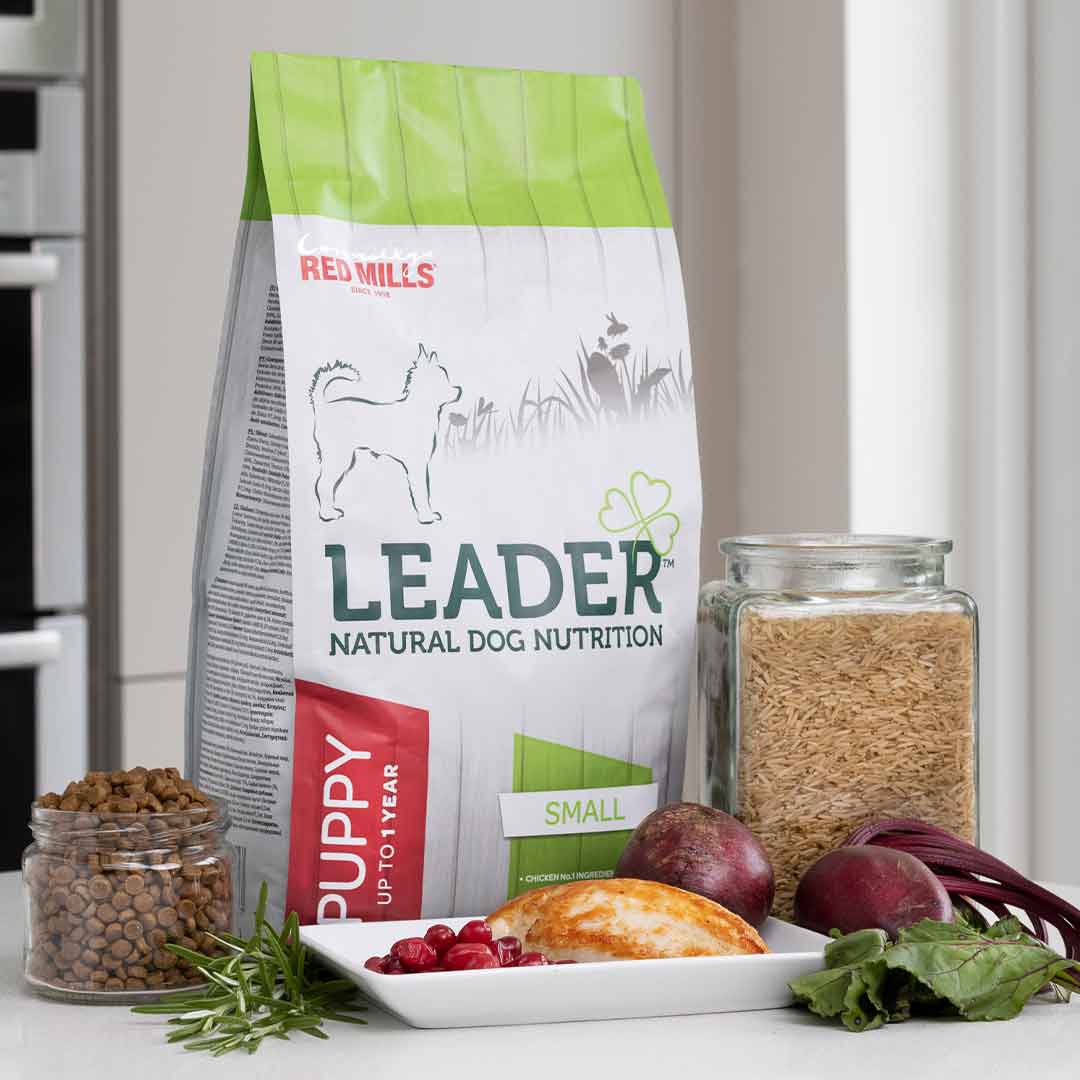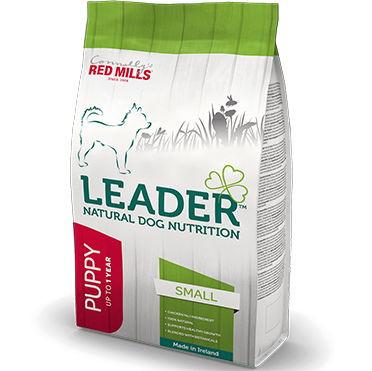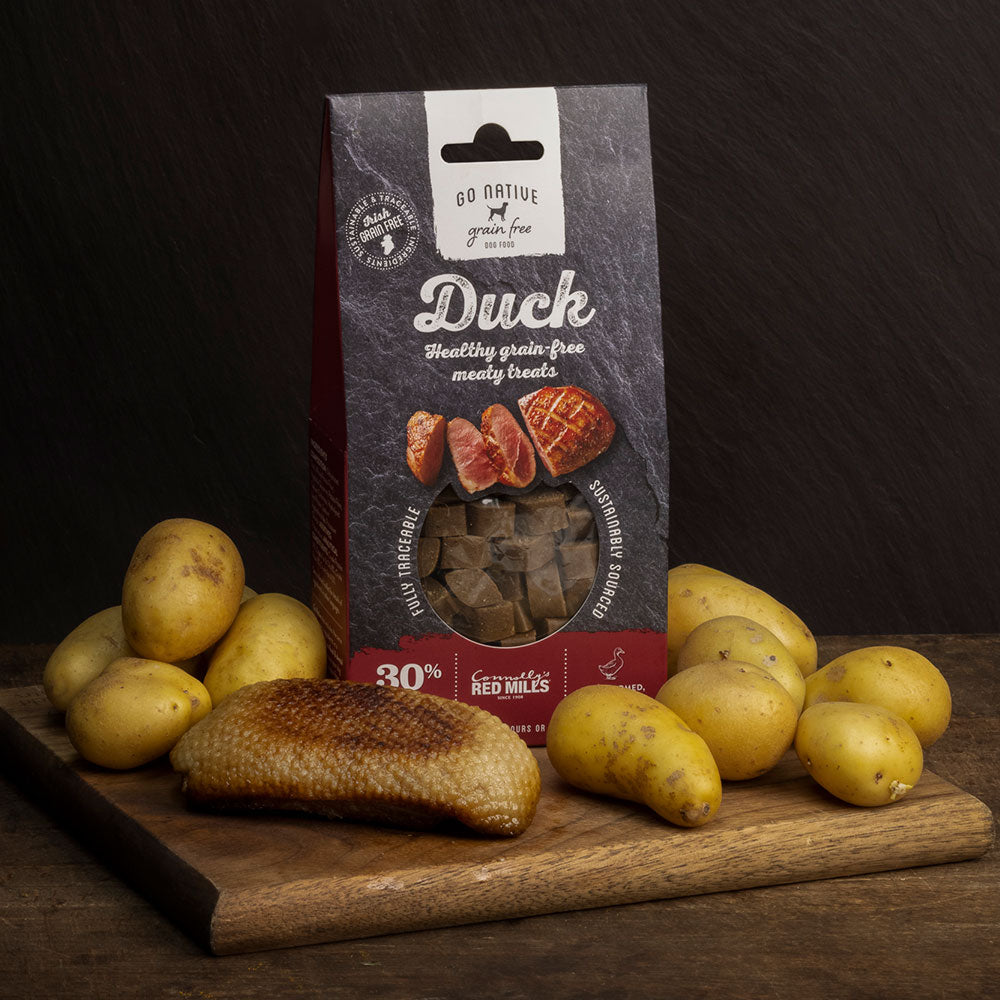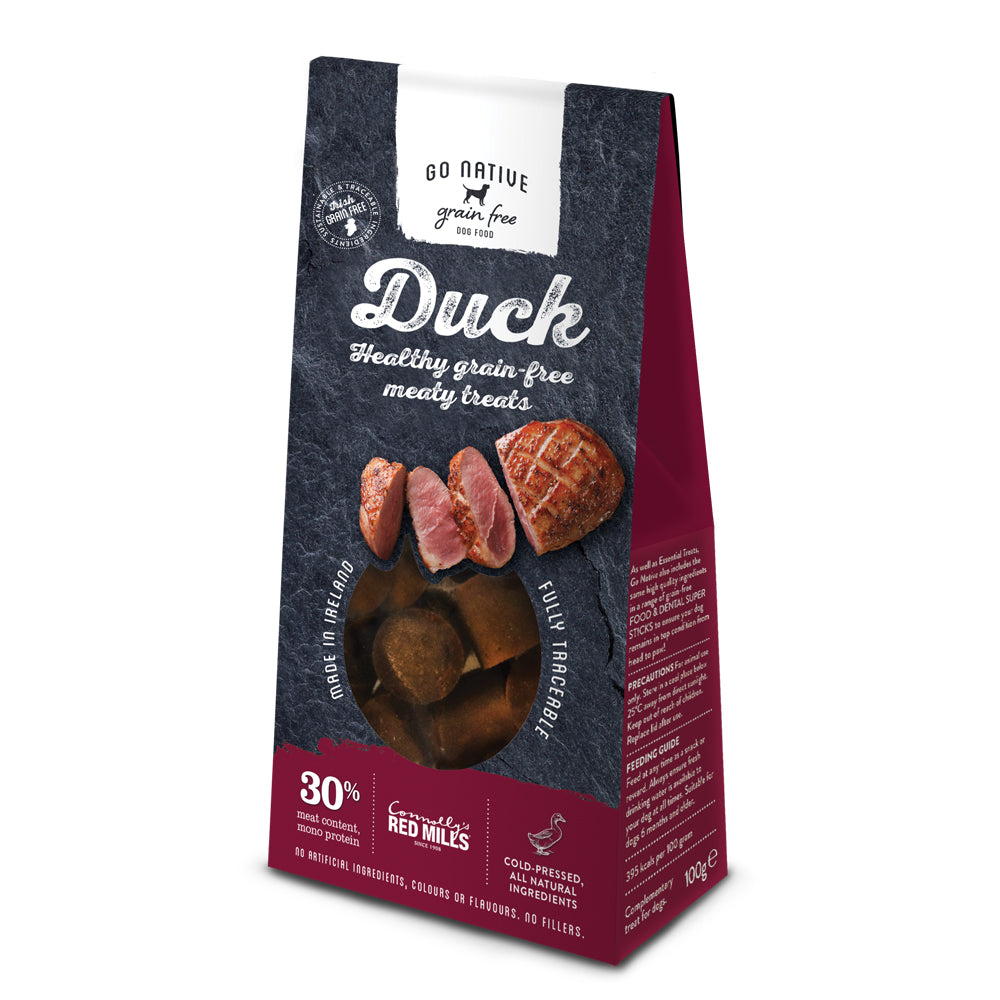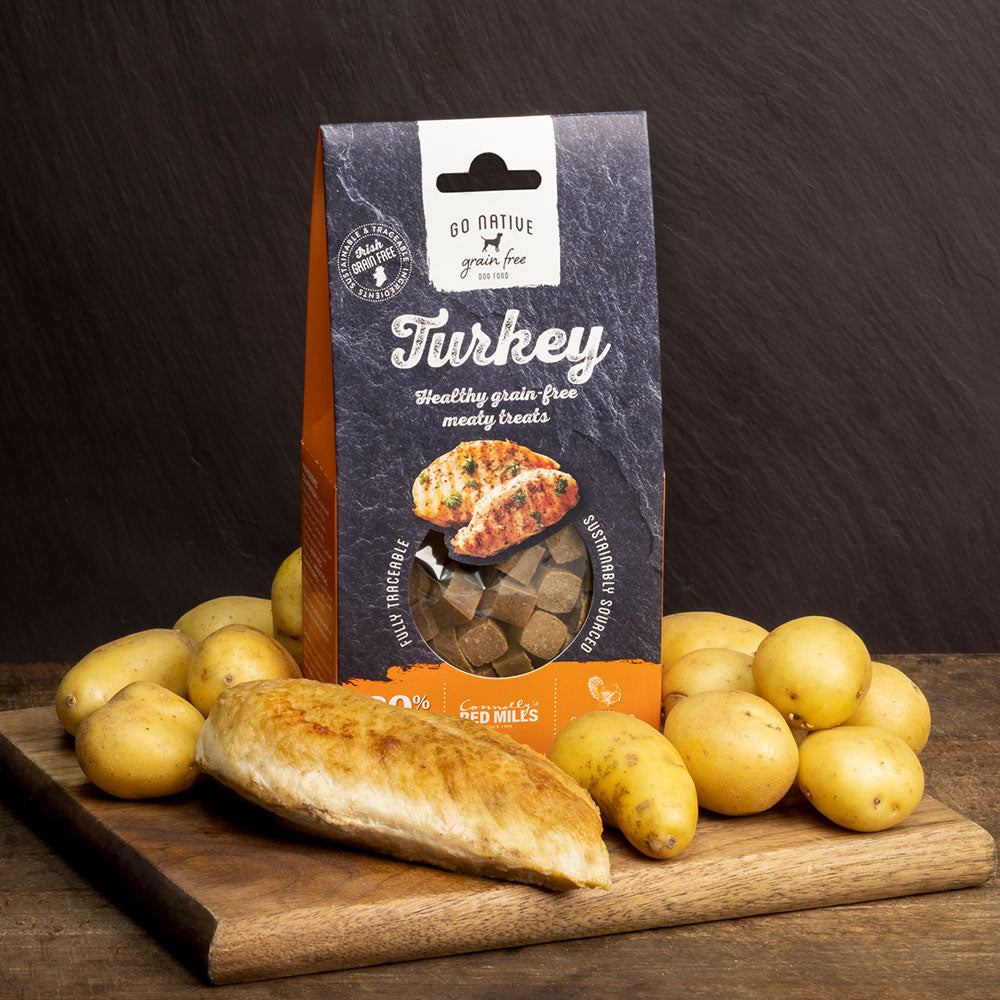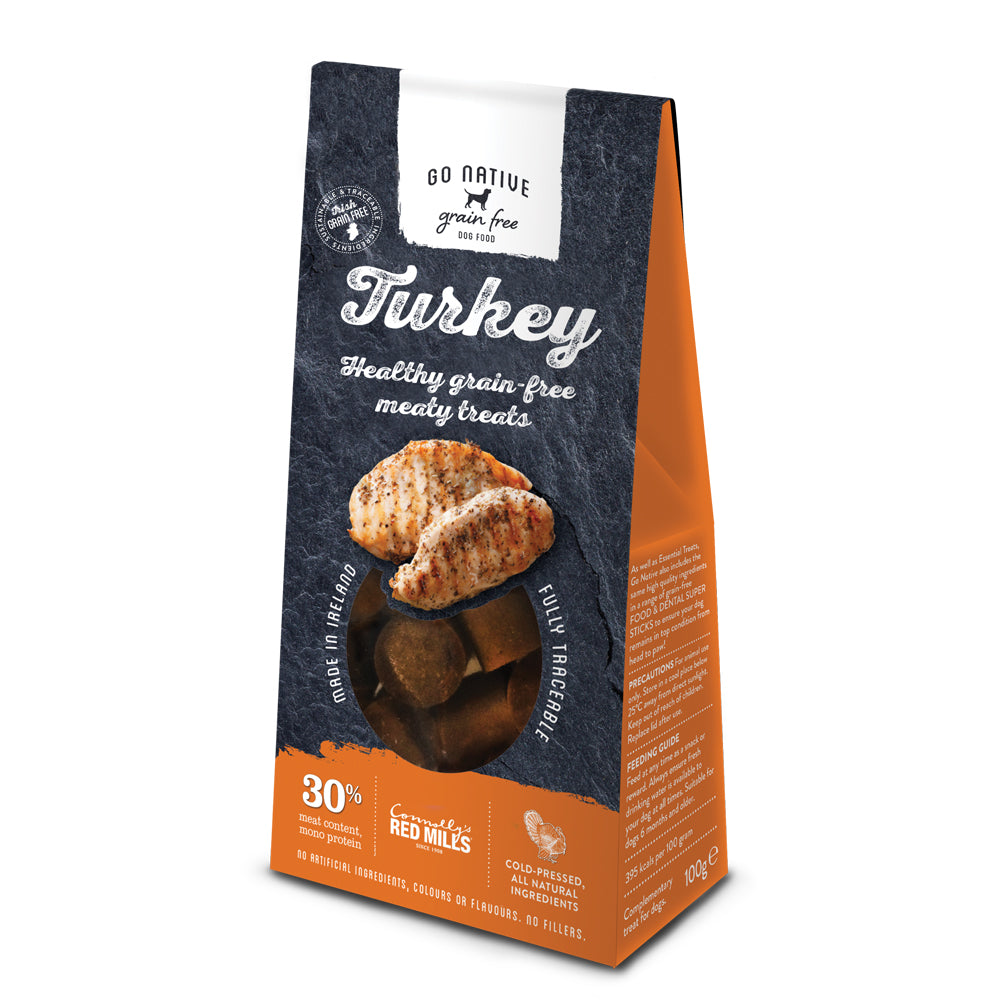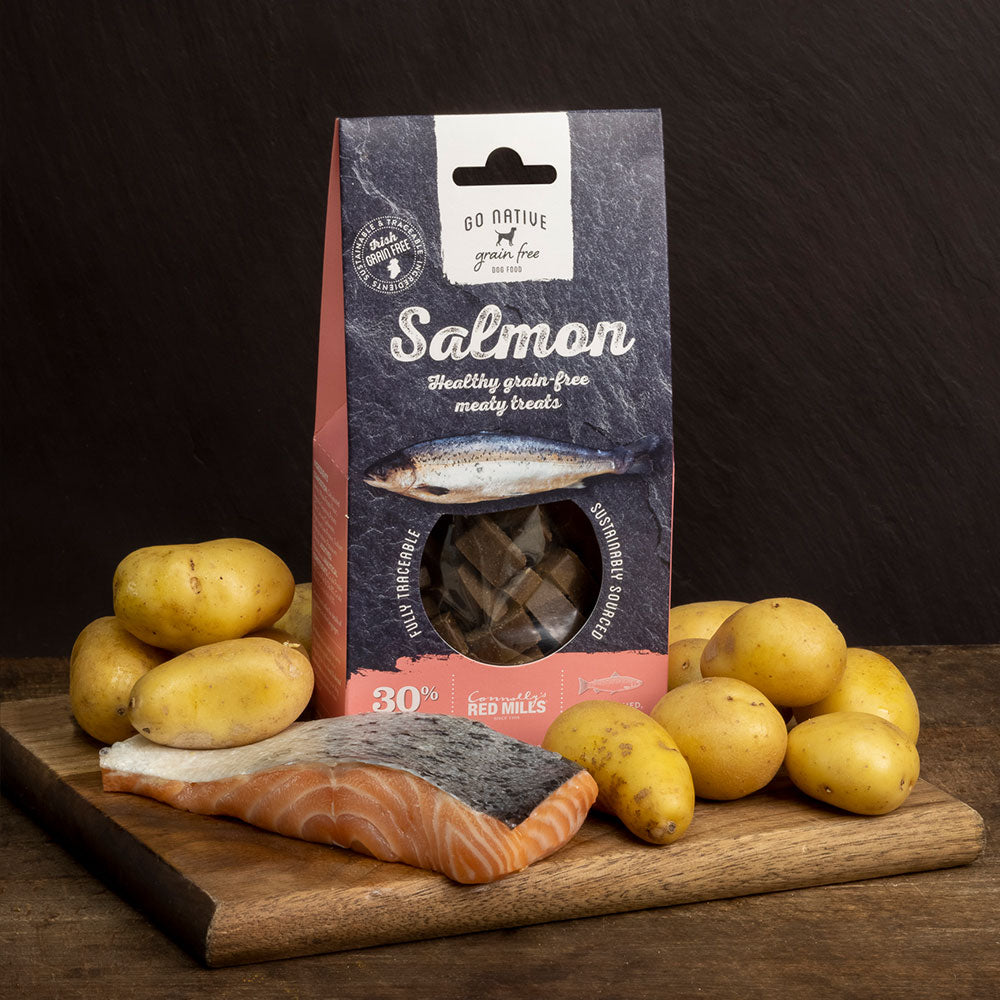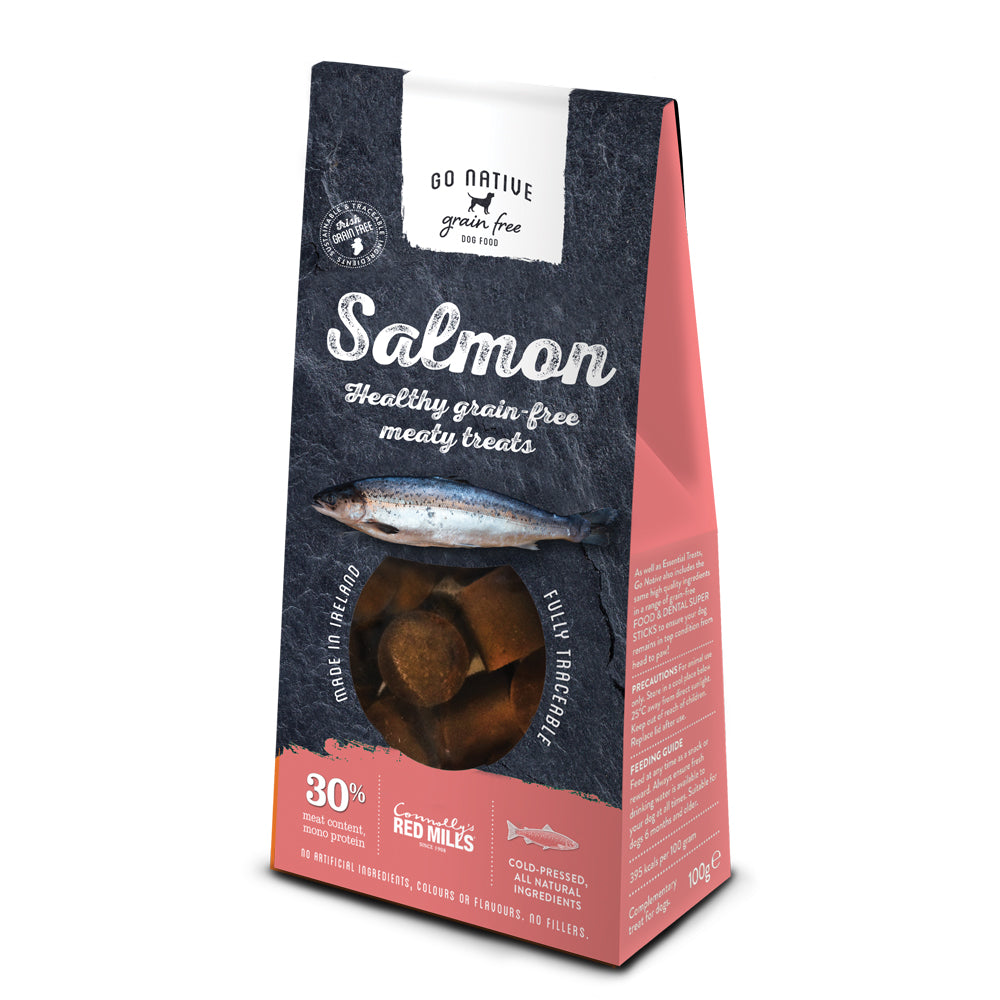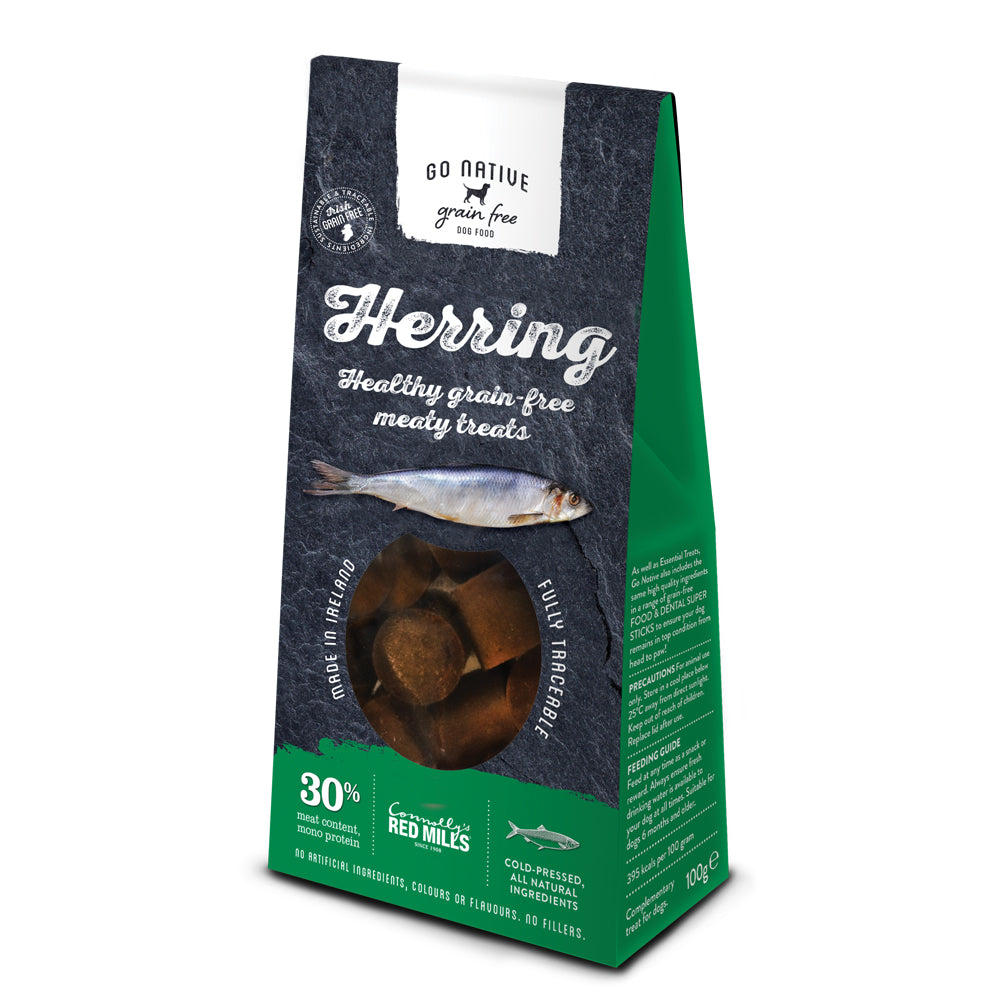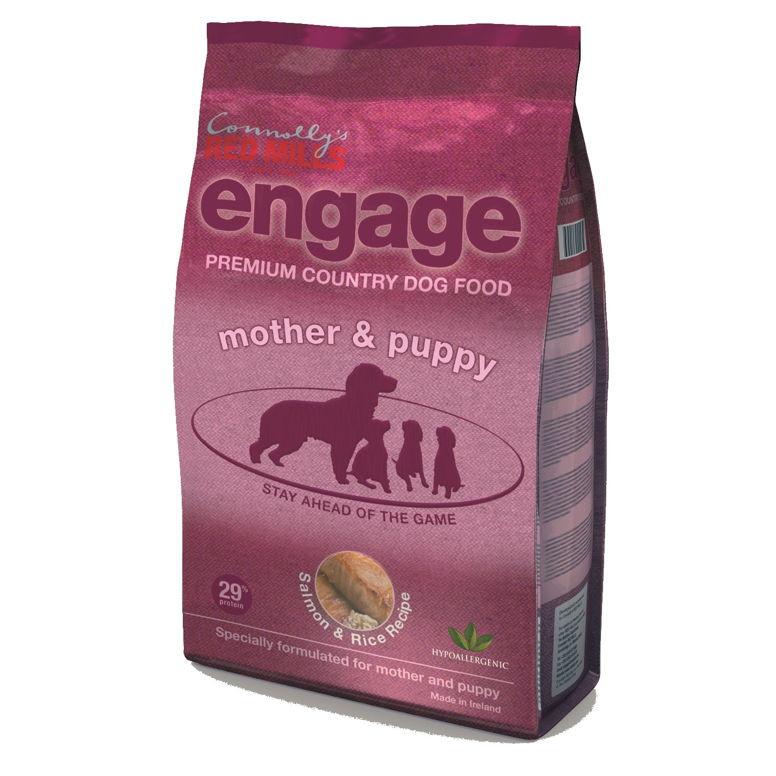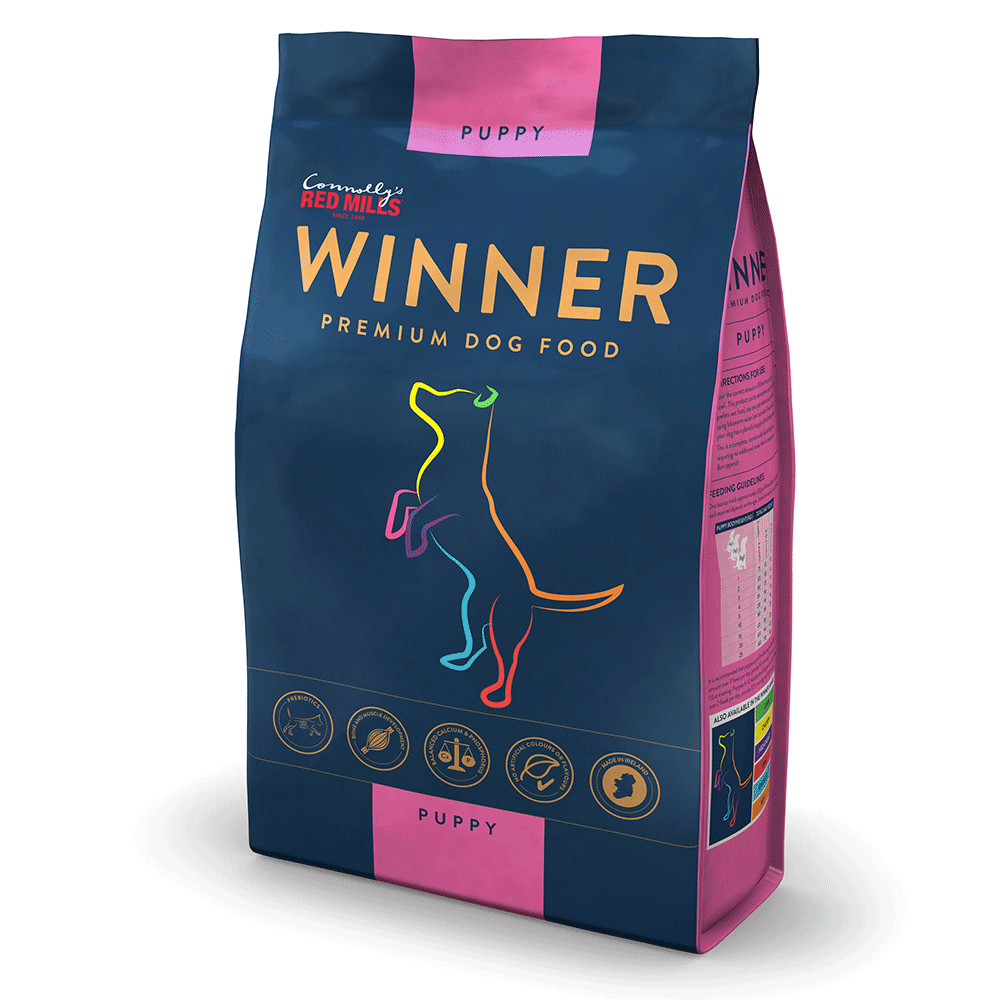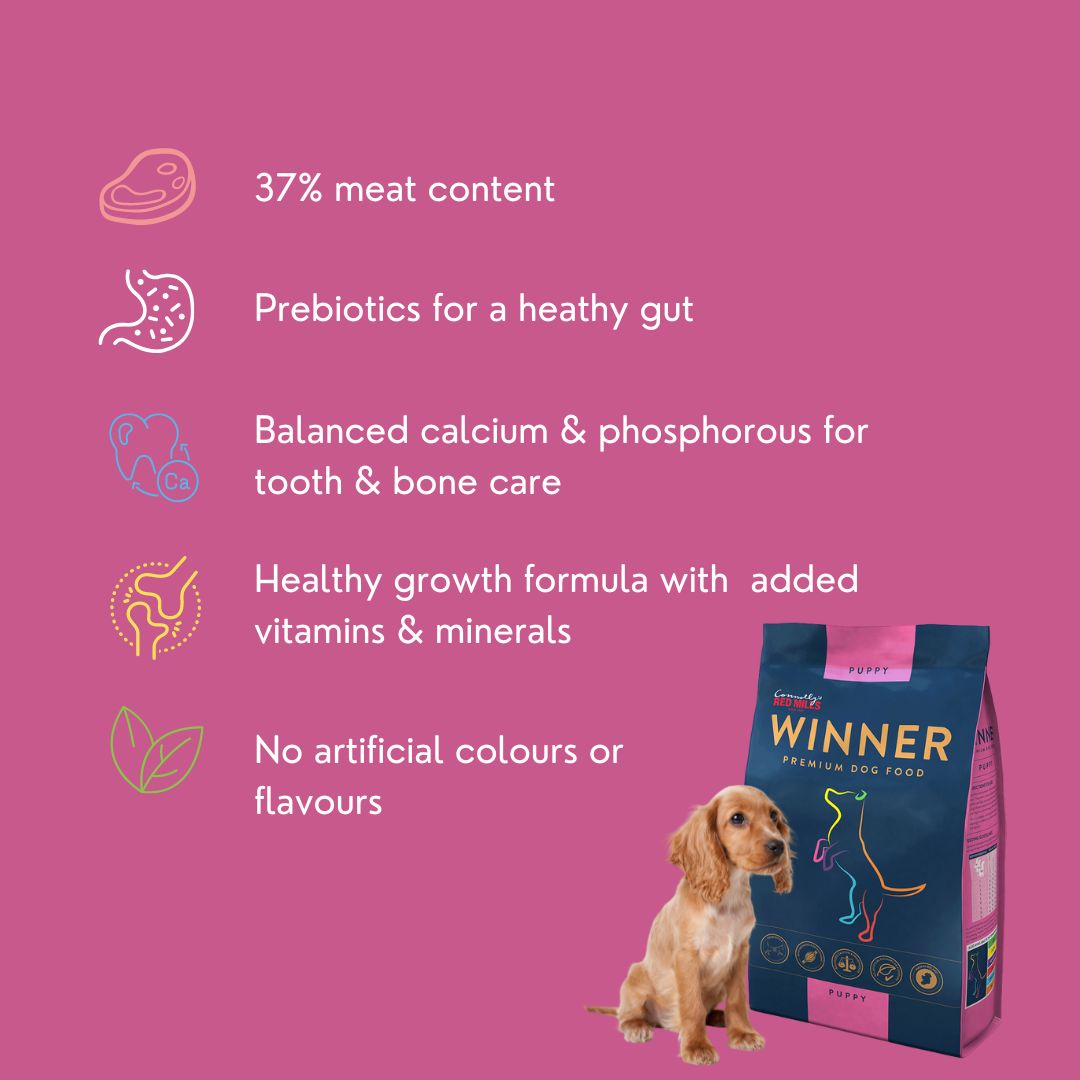Stomach ulcers in horses, formally known as Equine Gastric Ulcer Synrdome (EGUS), can be split into two types according to the location of the ulceration:
- Equine Glandular Gastric Disease (EGGD)
- Equine Squamous Gastric Disease (ESGD)
The horse’s stomach contains two different types of surface; the non-glandular, squamous mucosa on the top half should have a pale pink and shiny appearance in a healthy stomach. The glandular mucosa on the bottom half, which is darker in colour, contains the stomach acid producing cells.

Ulcers can happen in either location but are most common on the squamous portion and along the margo-plicatus, which is where the two different surfaces of the stomach ‘join’.
Excessive acid exposure is thought to be the predominant cause of ulceration in the non-glandular, squamous mucosa. The correlation between exercise and ulcer disease is believed to be caused by compression of the stomach during trot / canter / gallop which in turn results in acid exposure to the squamous mucosa.
What are the signs of ulcers in horses?
Clinical symptoms of a horse with ulcers are numerous and often vague. Different horses cope with ulcers in different ways, one horse with EGUS (grade 3), may display the classic symptoms; poor performance, poor coat and poor appetite. Another may display only one symptom or even no symptoms at all – but can have an equally bad ulcer score.
Clinical symptoms and signs of gastric ulcers in adult equids:
- Acute colic
- Recurrent colic
- Excessive recumbency (lying down)
- Poor body condition
- Anorexia / poor appetite
- Poor performance
- Changes in attitude / temperament
- Posturing (as if to urinate) often
- Low energy
How do you diagnose equine gastric ulcers?
Diagnosis is usually based on clinical history, clinical signs and response to treatment. Currently the only reliable diagnostic tool for confirmation of the presence or absence of EGUS is gastroscopy, (performed after a 12-18 hour fast) which involves passing a long endoscopic camera down into the horse’s stomach to visualise the ulcers, or the absence thereof.
Gastroscopy is both invasive (sedation may be necessary to carry out the examination) and costly. There have recently been investigations into using a non-invasive ‘sucrose test’ as a method of diagnosis, however, initial test results have not been promising – further trials are needed.
How do you treat equine gastric ulcers?
Effective treatment of EGUS focusses on increasing the pH of the stomach by inhibiting or ‘buffering’ stomach acid. This provides a better environment to allow ulcer healing. Usually omeprazole medication such as ‘Gastroguard’, will be prescribed by the veterinary surgeon. Dietary and environmental management also play a key part in treatment and prevention of ulcers.
What do you need to consider when feeding horses with ulcers?
It is important that horses prone to ulcers receive an adequate supply of forage, ideally ad lib. This will ensure a continuous production of saliva, which helps to buffer stomach acid and provides natural protection to the non-glandular squamous portion of the stomach. It is particularly important to ensure your horse has access to forage prior to exercise as this helps to provide a ‘fibre mat’ and reduces the risk of acid splash damaging the stomach lining during exercise.

In terms of hard feed, it is important to feed a low starch, high fibre ration, ideally one that has been specifically formulated to support gastric health. We recommend choosing a feed from the RED MILLS Horse Care Range.
All the feeds in our Care range are low in starch and contain a long-lasting, natural gastric acid buffer. They also contain added yeast and two prebiotics to help support overall digestive health. Our Care Range includes feeds that are suitable for all types of horses and ponies.

Nutri-Guard, by Foran Equine, has been shown to promote a better healing environment within the stomach. The combination of prebiotics in Nutri-Gard promotes growth of gut friendly bacteria to aid digestion and optimise feed utilization in the large intestine.
If additional energy is required, it can be added to the diet from digestible fibres or oils, such as Foran Equine’s Kentucky Karron Oil. Kentucky Karron Oil is rich in omega 3 fatty acids which have anti-inflammatory properties and may therefore be particularly beneficial for horses prone to gastric ulcers.
To discuss your horse’s individual needs or which Horse Care feed is most suitable for them get in touch with our expert team.
Shop Featured products:

